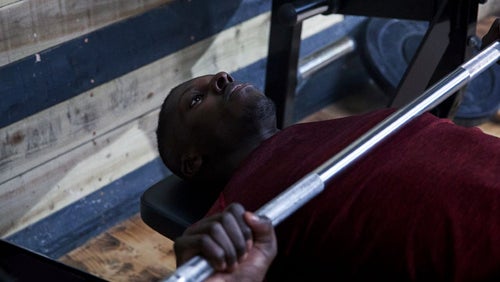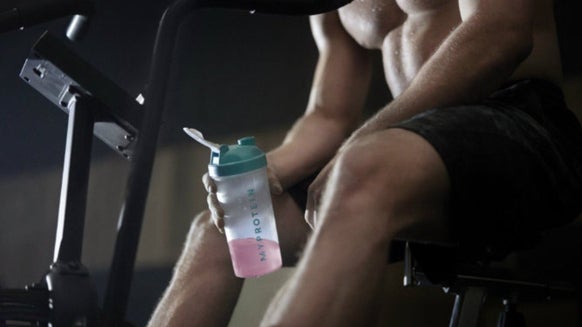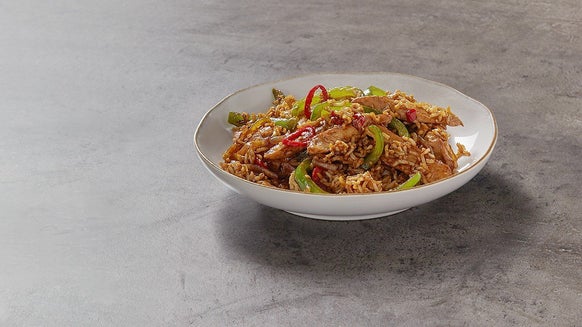
Although Tennis was voted one of the least favourite fitness trends of 2021, the start of the Australian Open has it back on our radar with a vengeance.
With increased interest comes increased activity, and with more people playing tennis both recreationally and professionally, we're sure to see some common injuries pop back up.
The most common? Tennis Elbow and Golfer's Elbow.
These are two common conditions that plague athletes and gym-goers alike and are not limited to the sports in their titles. Medically termed as lateral epicondylitis, and medial epicondylitis, respectively, these conditions cause pain over either the medial (inside) or the lateral (outside) side of the elbow, which can be achy or burning in nature, and can either be diffusely spread or over a specific point.
Their onset is usually seen in accordance with a rapid increase in the level of upper body activity undertaken in a person’s life, for example starting a new job which involves lots of repetitive arm motions, or starting a new sport, like tennis, with an emphasis on upper bodywork.
What are lateral and medial epicondylitis?
Lateral and medial epicondylitis are tendon problems to do with the muscle groups that operate not the elbow but the wrists. We will refer to these tendon issues as tendinopathies from here on in, as this term encompasses several stages that a tendon may go through during these conditions.
What is Tennis Elbow?
Lateral epicondylitis, or tennis elbow, is a problem with the extensor tendons of the wrist. These are responsible for bringing the back of your hand up towards your forearm. Since all the wrist extensor muscles have the same origin at the lateral epicondyle of the humerus, an increase in training load or frequency of use of these muscles can lead to irritation of their common meeting point.
What is Golfer’s Elbow?
Medial epicondylitis, or golfer’s elbow, is a very similar condition but is a problem with the flexor tendons of the wrist, responsible for bringing your palm towards your forearm. Medial epicondylitis will also sometimes affect Pronator Teres, a muscle that turns your palm downwards.
So why do we feel pain at the elbow if this is a wrist problem? That has to do with the anatomy of your forearm and the attachments of these muscles – the wrist flexors have a ‘common flexor origin’ (CFO) which is the bony point on the medial side of the forearm where they all attach to. It is this tendon that is usually affected in medial epicondylitis. Likewise, the wrist extensors have a common extensor origin (CEO) which is, on the lateral bony point at the elbow. Therefore, in these tendinopathies, we feel such tenderness right on the bony points of the elbow and (usually) not down in the wrist.
The 3 stages of Tendinopathies
All tendinopathies have three possible stages, which can be thought of more as a continuum than as distinct pathologies.
Reactive stage:
In a healthy tendon, this is usually a temporary change. It’s characterised by an increase in water content to the tendon matrix, which occurs in response to overload, leading to a thicker tendon, reduced stress, and increased stiffness.
Disrepair stage:
If a tendon isn’t allowed to recover sufficiently (i.e. continues with repetitive tasks), then is may progress to this stage. The tendon matrix breaks down with some potential ingrowth of capillaries and nerves. These further interrupt the useful collagen that makes up a healthy tendon.
Degenerative tendinopathy:
This is the final stage, which occurs when the tendon is overloaded for a sustained period. The collagen becomes structurally disorganised and there are increased levels of vascularity and nerve ingrowth into the tendon. In this stage, the tendon may become thickened in appearance and the risk of tendon rupture is increased.
Exercises for Tennis and Golfer's Elbow
If you think you might be developing tendinopathy around your elbow, don’t panic. Once identified, conservative treatment (like exercise therapy) is usually quite effective at reducing symptoms and correct management strategies can help prevent a recurrence.
The first thing to do to treat tendinopathy is to try and determine what stage of the process you might be in. The management strategies for the stages of tendinopathy differ quite a bit, so you could risk making the problem worse if you do not treat yourself appropriately.
Reactive and Early Disrepair
If your elbow pain is relatively new, the chances are that this is the plan you need to follow. We usually treat early tendinopathy with isometric exercise and activity modification if possible. This basically means finding the activity that aggravates your elbow and finding a different way of doing it.
Remember, tendons may have a delayed response to an activity, so even if you do something that is pain-free at the time, you may still be aggravating it and that is why the tendon may be sore the following day.
Sometimes 5-10 days may be enough to allow tendinopathy to settle, so if lots of bench pressing is aggravating your medial epicondylitis, try using dumbbells or a machine for 10 days to see if that makes a difference.
Isometric exercise for Epicondylitis
Golfers Elbow
In terms of isometric exercise, for medial epicondylitis, cover your affected palm with your other hand and try to curl your palm up towards you at the wrist, while preventing any movement with your other hand.
Hold this contraction for 5-30 seconds and then relax. Repeat until you feel an ache in the working muscle, 3-4 times each day until the issue resolves.
Tennis Elbow
For lateral epicondylitis, the technique is similar but instead, cover the back of your affected hand with your other hand and try to bring the back of your hand up towards you while preventing any actual movement.
Similarly, you can hold this contraction for 5-30 seconds and then relax. Repeat until you feel an ache in the working muscle, 3-4 times each day until the issue resolves.
Stretches for Epicondylitis
With an outstretched arm, you will need to flex or extend your wrist as far as you comfortably can, depending on the muscles affected. Flexing your wrist (apply some extra passive force using your bodyweight or your other hand) will stretch the extensors, while extending your wrist will stretch your flexors.
Hold each stretch for 20-30 seconds, 3-5 times each day. These methods can also be used as very effective prevention strategies, and of course, prevention is better than a cure.
Eccentric Exercises for Epicondylitis
The main treatment approach I use for this stage of tendinopathy is called eccentric exercise. The eccentric exercise involves a slow, controlled lengthening contraction. Use your other hand to help with the concentric (curling up) phase.
Take Home Message
Medial and lateral epicondylitis are primarily wrist problems rather than elbow problems, hence the link to both tennis and golf. It is the tendons affected and identifying which stage of the tendinopathy continuum you are in will greatly aid treatment. Address early tendinopathies with rest, isometric exercise and stretching, but address later tendinopathies with eccentric exercise.
To check out our products and how they can positively impact your fitness goals!
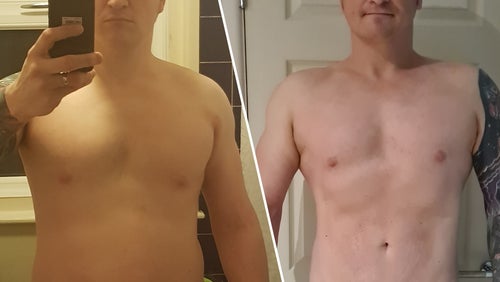
39-Year-Old Explains How Attempting Veganuary Changed His Life
Warning: this may leave you wanting to ditch the meat....
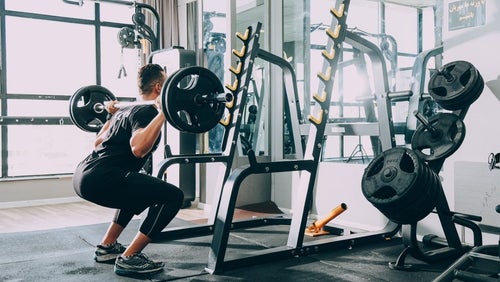
Australia’s Most Popular Fitness Trends 2021




